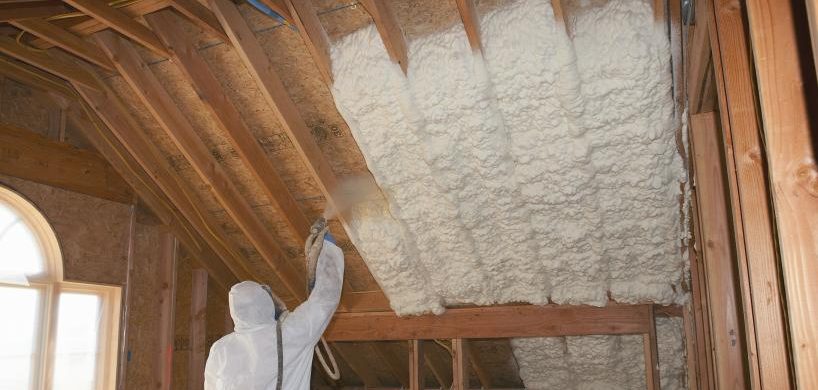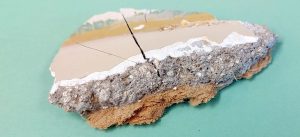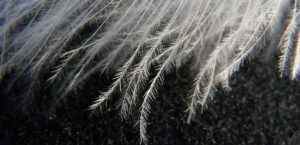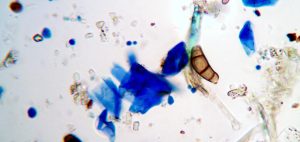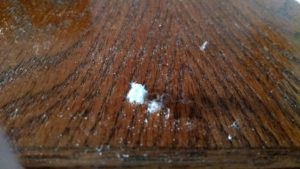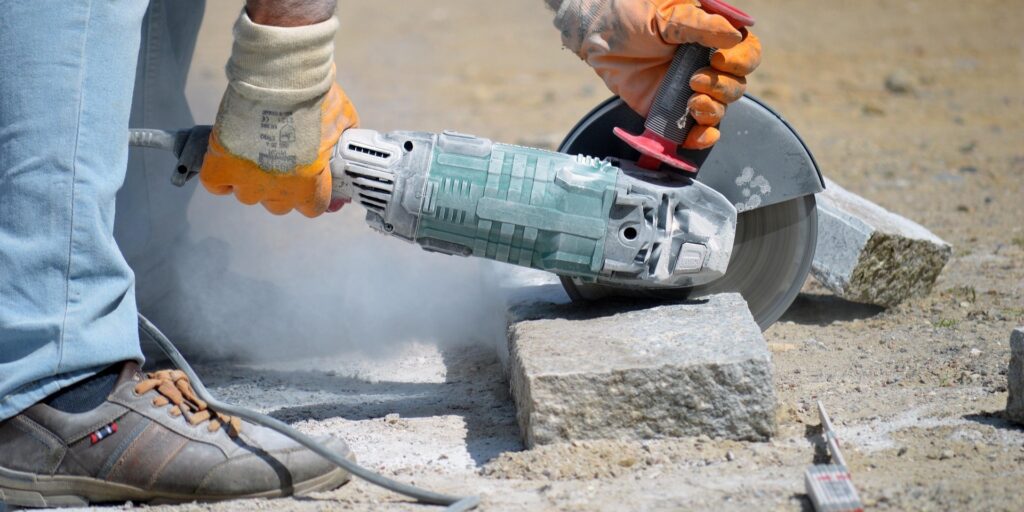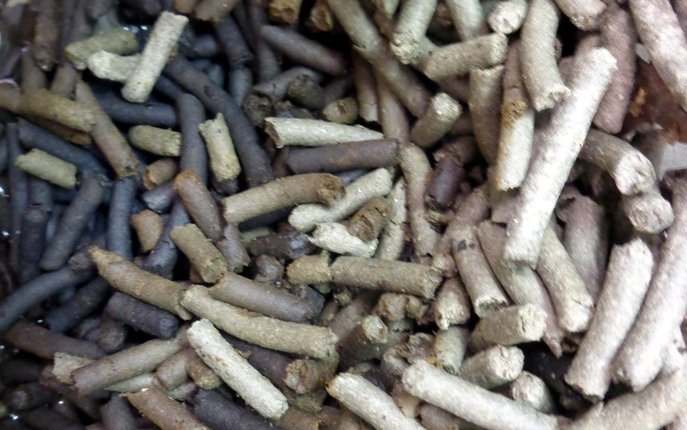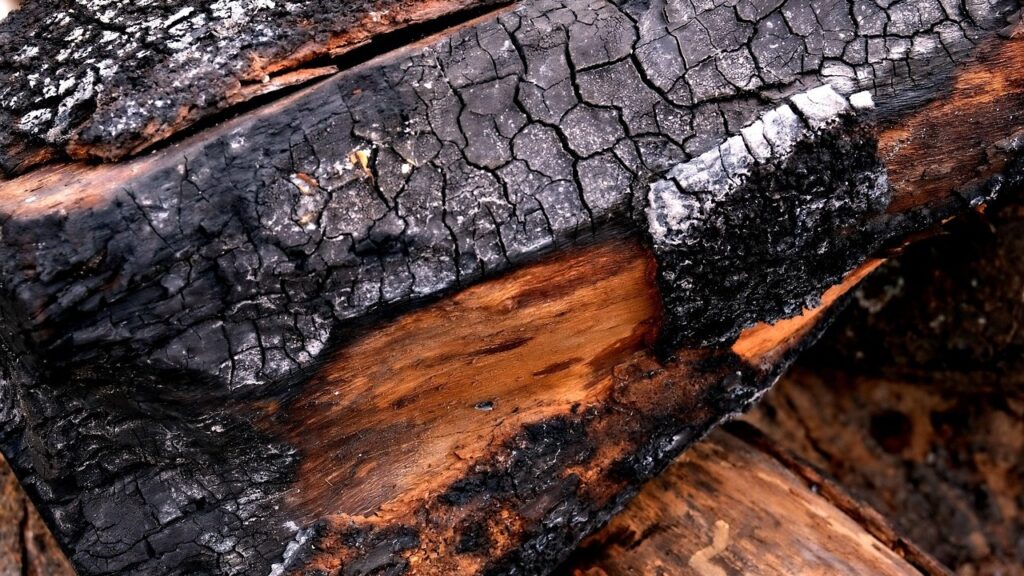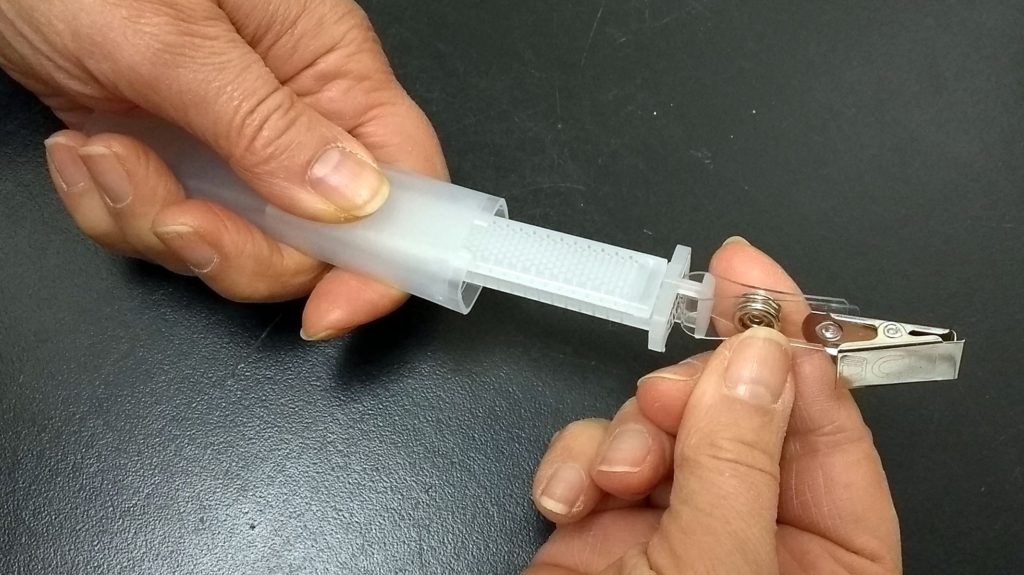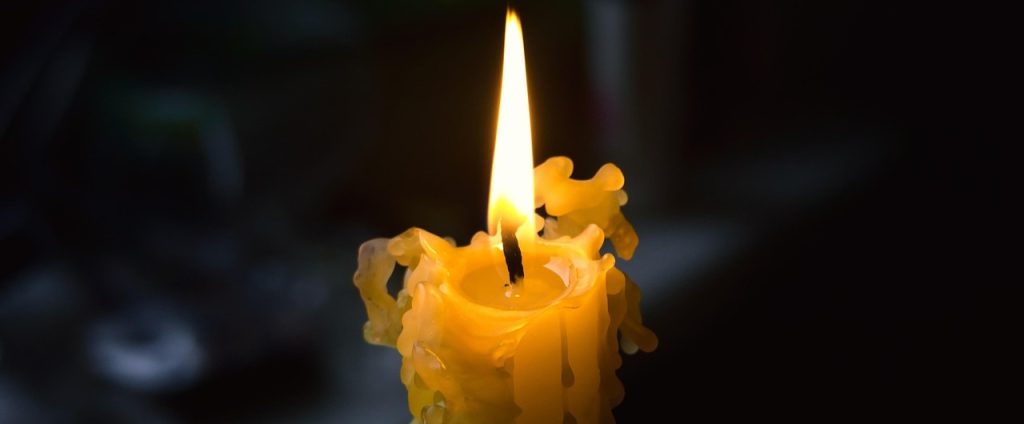Isocyanates are common chemicals used in producing polyurethane resins, but they also pose significant health risks when uncured. Free isocyanates, such as methylene diphenyl isocyanate (MDI), toluene diisocyanate (TDI), and hexamethylene diisocyanate (HDI), can lead to long-term health issues, including asthma, allergies, and skin irritation. While cured polyurethane is safe, uncured isocyanates can emit harmful vapours into the air, impacting indoor air quality.
Sources of Isocyanates in Residential Air
Isocyanates are commonly found in various construction materials, including:
- Construction foams and insulation.
- Polyurethane paints and varnishes.
- Injection foams for home insulation.
- Coatings for bathtub retrofits.
During application, isocyanates mix with binders and cure over several hours. Until fully cured, these products can release high concentrations of isocyanate vapours, requiring tenants to vacate the property. Even after curing, residual isocyanates may evaporate slowly, causing secondary exposure over days or weeks.
Health and Safety Standards
In Ontario, Canada, the industrial exposure limit for volatile isocyanates is 5 ppb (parts per billion), as outlined in Ontario Regulation 490/09. While public exposure limits are not defined, the U.S. Environmental Protection Agency (EPA) suggests a Reference Concentration (RfC) for MDI at 0.1 ppb. LCS Laboratory Inc. can detect isocyanates as low as 0.2 ppb, providing accurate results suitable for both residential and industrial environments.
Comprehensive Air Sampling Kit
Our air sampling kit is designed for homeowners and air quality professionals to test indoor air for isocyanates. The kit is intended for real-time detection of airborne isocyanates and is not suitable for retrospective exposure analysis.
Kit Components:
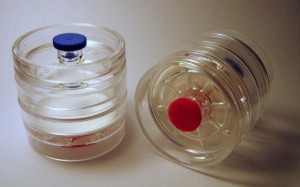
- Air Sampling Pump: Ensures precise air collection.
- Sampling Cassettes: Capture airborne isocyanates for analysis.
- Detailed Instructions: Step-by-step guidance for proper sample collection.
Sampling Process:
- Consult your contractor to identify the isocyanate used in your home.
- Set up the pump and cassette following the provided instructions.
- Collect air samples over a 5-hour period.
- Ship the samples to our laboratory overnight for analysis.
Laboratory Analysis

At LCS Laboratory Inc., we use OSHA 42/47 methods to detect TDI, HDI, and MDI. Our advanced HPLC-UV technology ensures high sensitivity, with detection limits as low as 0.2 ppb. This analysis is suitable for both residential and industrial applications.
Understanding Your Results:
- <0.2 ppb: No isocyanates detected.
- 0.2 ppb to 5 ppb: Isocyanates detected at levels that may pose health risks. Mitigation is recommended.
- >5 ppb: High isocyanate concentration exceeding regulatory limits. Immediate action is necessary.
Why Choose LCS Laboratory?
Located in London, Ontario, LCS Laboratory is a leader in air quality testing of residential houses. Our isocyanate detection services are unique, offering unparalleled accuracy and reliability. Typical testing costs $320 per sample, plus shipping and taxes, depending on the number of rooms tested.
Contact Us
For more information or to place an order, please contact us. You can also download our laboratory price list and access request forms here. Let us help you ensure safe and healthy indoor air quality.

